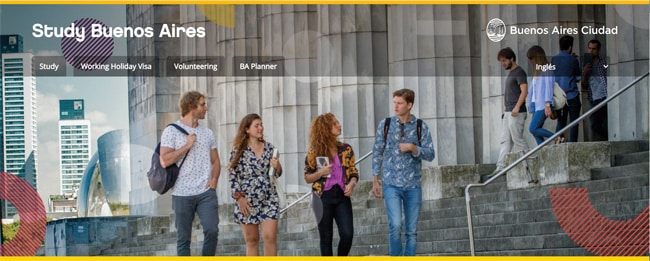Changing tactics: How destination marketing organisations are adapting during the pandemic
- A series of three interesting case studies as to how state, regional, and local destination marketers are changing their strategies during the pandemic and planning for recovery
A feature webinar at ICEF Berlin showcased how three well-established destination marketing organisations (DMOs) have adjusted their marketing efforts during the pandemic. The variety in approach reflects that there is no “one size fits all” solution for DMOs this year, but also the different roles and strategies that marketers have in raising the profile of their respective destinations.
Texas, for example, is the third-ranked destination among US states, after only New York and California. There were roughly 82,000 foreign students studying in the Lone Star State in 2019, with most coming from India, China, Mexico (which of course shares a border with Texas), Vietnam, and Nepal.
Study Texas is a consortium of 38 colleges and universities from across the state, and one of 32 state-level DMOs in the US. Its goal is to promote Texas as the premier study destination for international students in the US.
In a normal year, the group focuses on promotional events and recruitment activities in select target markets, and in advocacy work, especially around federal immigration guidance or other policy directions that impact international students.
This year, explains Chair Jessica Guiver, "we have moved all of our marketing efforts online, because that's where everyone else is right now." This has meant an increasing focus on regular online member meetings where Study Texas institutions can share information and market insights. It has led to new initiatives as well, including the video below, and to a move to virtual recruitment events online. The group is now organising the Study Texas Virtual Fair 2020, which will be held on 14 November.
Supporting agents with content
When it comes to promoting Spain's Costa del Sol as a study destination – and especially for Spanish language study – the region's tourist board often focuses on raising awareness and engagement among education agencies. In previous editions of ICEF Berlin, this has reflected in part in attention-grabbing serving stations for Spanish ham and cheese.
"Malaga [Costa del Sol] is one of the most important destinations now for language tourism in Spain," says Executive Consultant Matthias Werner. "We try simply to bring more students and to help the agents. We provide them with content, with videos, with photos; we go to fairs. We are there to promote Costa del Sol and to help the agents in selling the destination."
But this year, the tourism board has put the emphasis on creating new content resources targeted to agencies, including photography, video, blog posts, and of course expanded use of social channels as well.

Mr Werner explains that along with its content focus this year, the tourism board is laying plans for a three-phase marketing approach when the recovery from the pandemic begins to take hold. The first phase will focus on domestic travellers from elsewhere in Spain, and then on neighbouring markets such as Portugal, Morocco, and France. In a second phase, the board will expand its efforts to the rest of Europe, and then finally to markets overseas. "We have students from all around the world and we are getting more and more well-known especially in China and Japan," adds Mr Werner.
Repositioning for recovery
"In many respects we are a college town," says Undersecretary of International and Institutional Relations for Buenos Aires Francisco Resnicoff. "A big college town."
Indeed, there are roughly 600,000 domestic and international students studying in the city's well-regarded universities. Mr Resnicoff adds, "We are also a very exciting city to live in: the culture, the night life, good weather all year round, and we are also the safest and most liveable city in Latin America, according to The Economist."

He explains as well that there were 90,000 international students in the city early this year. That all changed in March when the pandemic hit Argentina: the number of international students dropped dramatically, no new students were able to come, and the city has been in lockdown since.
Study Buenos Aires's response to all that was to take the opportunity to develop a strategy for how to reposition the city as a study destination once borders open again.
The first step in the process was to look closely at market trends and to identify important target markets for Buenos Aires.
Next, Mr Resnicoff explains, the group then worked to position Buenos Aires not just as an exciting place to be but as a preferred, safe destination. This included working with other cities around the region to develop safe corridors for students to travel to Buenos Aires (most foreign students in the city come from elsewhere in Latin America).
Finally, and in collaboration with universities around the city, Study Buenos Aires looked at how to further improve the offer for students to make it an even more attractive destination. This has led in turn to a number of further initiatives, including: the development of safe travel/safe reception guidelines for visiting students and expanded scholarship supports for those pursuing both graduate and short-term programmes.
"Our goal is to next year recover some of the [enrolment base] that we have lost due to the pandemic," adds Mr Resnicoff. "But by the end of the process, in 2023, to recover the entire [enrolment base to 2019 levels]."
For additional background, please see:
















